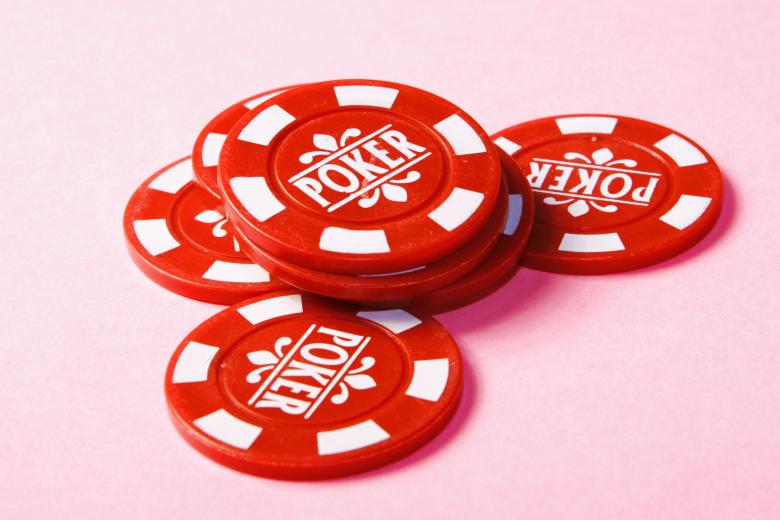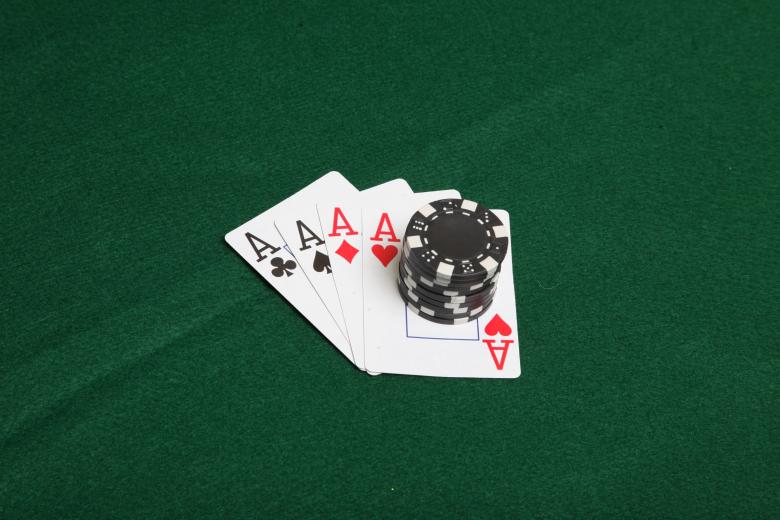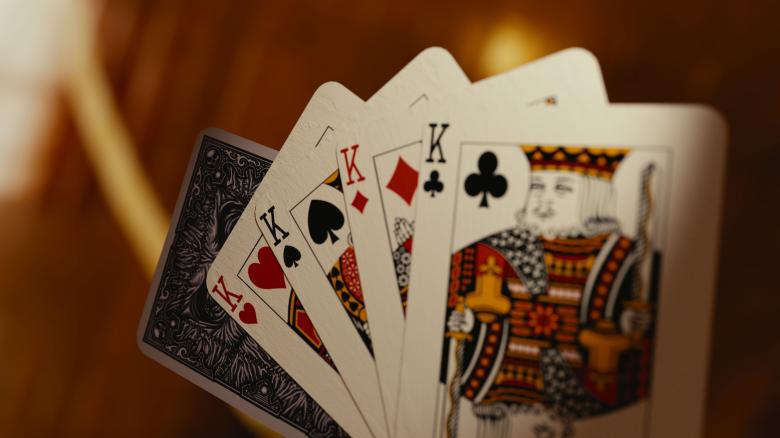Monotone boards in poker are often considered the most difficult and intimidating situation in a Texas Holdem game. Monotone boards occur when all the cards on the board are of one single suit, making it hard to discern whose hands have a higher value than others. While playing monotone boards can be challenging, understanding how they work is key to becoming a successful poker player. By reading these board textures correctly and taking advantage of their unique characteristics, players can increase their chances in high-level games.

Photo by Stockvault
How to Utilize Monotone in Your Poker Technique
Monotone board means any player engaged in the hand may have directly flopped the flush. Thus, caution should be taken when using stack-off ranges. Stacking off too aggressively on monotonous boards in Texas Holdem cash games is a regular leak. On such boards, the value of even traditionally reliable holdings—such as two-pair and overpair—declines considerably. So, a key competency in Holdem is the ability to assess the relative strength of holdings on monotone textures effectively.
Playing Strategies in Monotone Boards
Use Smaller Bets
Many players have inelastic folding ranges because monotone flops are polarized. This indicates that, if at all, the bet size will have little to no effect on their folding range.
You can build many-fold equity with your bluffs by using a small bet size against an inelastic calling range without increasing your bet size.
Consider the following scenario: You raise from the small blind, the large blind folds, and the flop is Kd 9d 6d. If you have a weak flush draw, like 7d8x or Td8x, small wagers force folds from opponents with off-suit, unpaired combos with a better top card. Getting them to fold without putting up a lot of chips is a terrific result because these Texas Holdem cards make up a sizable amount of your opponent’s range.

Photo by Stockvault
Use Mixed Strategy
Balancing your ranges Texas Holdem poker is simple; employ a mixed strategy that includes bets and checks with your strongest flush draws. An intelligent opponent will be able to take advantage of you if you play all of your greatest flush draws the same on monotone boards.
If you place bets on an 8s6s4s board 100% of the time with all your Ace, King, and Queen high draws and flushes, this will imply that you have relatively few powerful flushes in your range. Once the action is check-check and the turn is a spade, your opponent can aggressively exploit you. Alternately, employing a mixed approach with your strong flush draws on this flop makes it difficult for your adversary to take advantage of you.
Here’s a quick tip to help you divide these ranges more effectively: You should be more likely to gamble when you have two overcards on the board with your flush draw. You can barrel on turns and rivers if you pair up.
For instance, it would be preferable to barrel on the flop, turn, and river with a hand like AsKx than As9x on a board of Qs8s7s. This is because you have six outs to make the top pair top kicker, a hand strong enough to warrant a value bet. Also, your K blocks KQ, a hand your rival will use to call numerous barrels.
Exploitive Plays
When attempting to take advantage of a persistent opponent, have a very good hand or draw.
For example, your opponent’s range may contain significantly more single diamond hands on the 8d6d4d flop than it should if he plays a lot of off-suit junk pre-flop. Additionally, a sizable calling station will likely pay off several bets, even with poor draws.

Photo by Stockvault
Check With Mid-Strength Flush Draws
Your average flush draws (J-7) perform poorly as wagers on monotonous flops. Therefore you should avoid betting on them.
The explanation is simple: even if you complete your flush on the turn or river, your hand is still insufficient to allow you to bet for value comfortably.
Also, you frequently make pairs with your medium-strength hands that can’t be barreled for value. These hands perform better as bluff-catchers in pots that bets from earlier streets haven’t bloated.
Consider Bluffing
When you play Texas Holdem, monotone boards can also provide bluffing opportunities for more experienced players. Since all the cards on the board are of one suit, it is difficult to determine what hand each player may be holding. Therefore, if you have a strong bluffing hand, such as a pair or two high cards in the same suit, you can use this to your advantage and attempt to make a successful bluff.
It is smart to bet your weakest flush draws to add more bluffs to your c-bet ranges. Low flush draws with little showdown value make excellent wagers since they are compelled to win the pot on the first few streets, avoiding a showdown.
Watch Out for Non-flush Pairs
On a monotone flop, you should proceed with caution if you hold a pair and no flush draw. While placing aggressive bets with them to deny equity may be tempting, doing so can be quite expensive.
You should avoid bloating the pot with these hands because they have minimal equity to improve on subsequent streets and won’t work against your opponent’s flushes.
Conclusion
Overall, the key to success in poker on monotone boards is employing the appropriate poker skills such as reading opponents and adjusting your strategy. Depending on your holdings and your read on your opponents, you should employ a mixed approach, bet, and other strategies. In addition, bluffing can also provide great opportunities for experienced players. However, caution must still be taken in certain situations.

